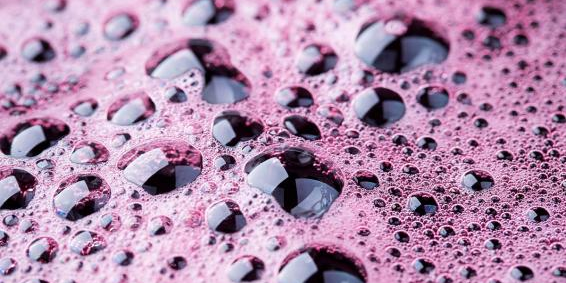How do surfactants affect the smoothness and uniformity of water’s surface?
Surfactants, given their unique amphiphilic structure, greatly impact the smoothness and uniformity of the water’s surface. They do this by interacting with the water molecules at the interface between water and air.
1. Insertion into the Water-Air Interface:
The hydrophilic heads of the
surfactant molecules are attracted to water, while their hydrophobic tails are repelled by it and drawn to air. With this dual nature, surfactants intersperse themselves at the interface between air and water.
2. Disruption of Surface Uniformity:
In its pure form, water’s surface is uniformly composed of water molecules attracting each other, leading to a smooth and seamless interface. However, when surfactant molecules infiltrate this interface, they disrupt this uniform structure.
3. Change in Surface Smoothness:
The hydrophobic tails of the
surfactants protrude from the water’s surface into the air. This protrusion causes surface undulation, reducing the smoothness of the water’s surface.
4. Formation of Micelles:
As more surfactants are added, the water’s surface eventually becomes saturated with them, after which they start clustering together in the water to form structures called micelles. Micelles are spherical arrangements where the hydrophobic tails are shielded inside, away from water, and the hydrophilic heads face outwards, in contact with the water. The formation of micelles again disrupts the smoothness of the water’s surface.
5. Lowering of Surface Tension:
All these actions lead to a decrease in the surface tension of the water, further impacting the uniform tension across the water’s surface. The changed surface tension influences numerous properties like wetting and foaming capacity, emulsion formation, and detergency, enhancing the usability of water in various contexts.
In summary,
surfactants significantly alter the smoothness and uniformity of water’s surface by integrating themselves at the water-air interface, physically distorting the surface and chemically interacting with the water molecules to reduce the surface tension.







